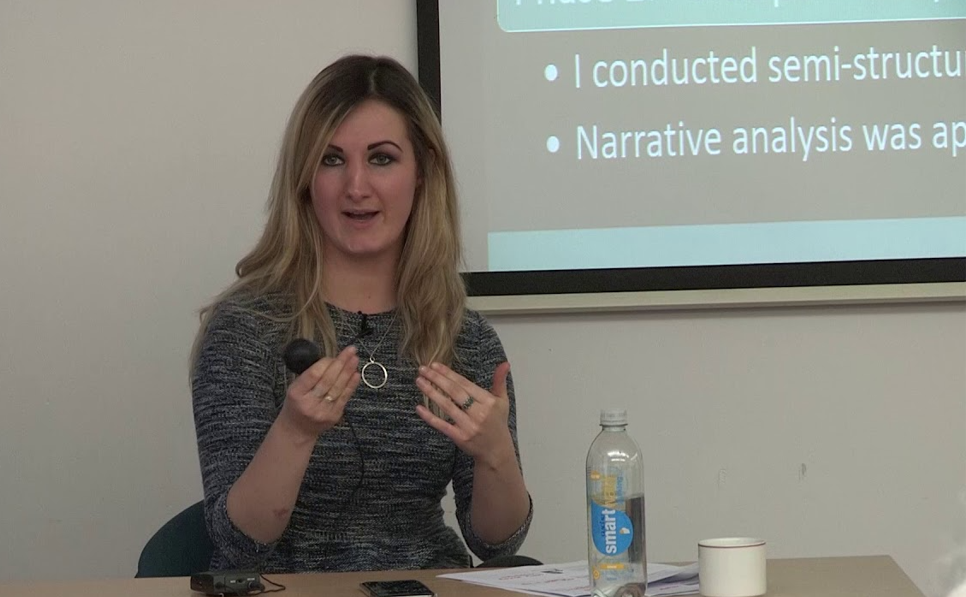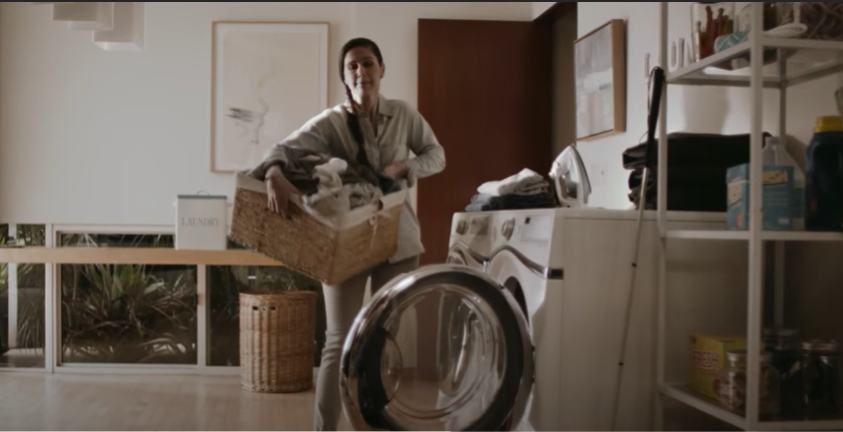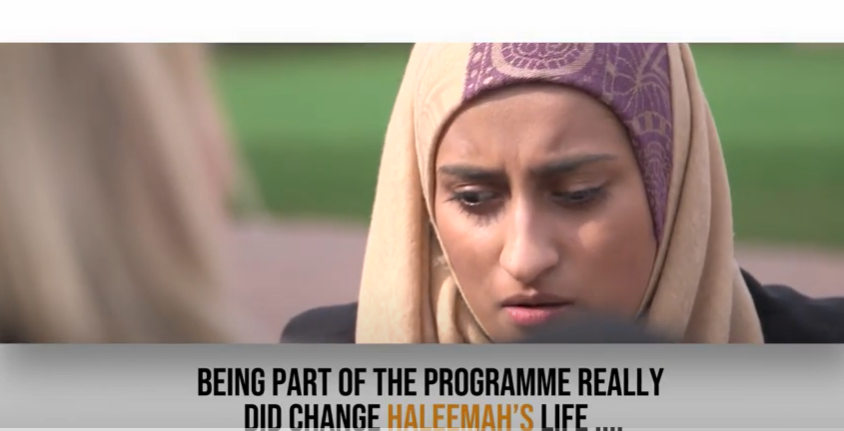Advertisers need to do more to properly represent disabled people - because even 'pro-diversity' campaigns include disability in a tokenistic manner.
That’s the view of Dr Ella Houston, Lecturer in Disability Studies and core member of the Centre of Culture & Disability Studies at Liverpool Hope University, and who has conducted new research into the issue.

She says that while great strides have been made in the last couple of decades, there is still a tendency for advertisers to approach disability in tokenistic ways.
And Dr Houston is urging advertisers - including charities - to ditch the patronising 'pity porn' type promotions and paint disabled people into realistic and multifaceted depictions of everyday life.
She argues: “There’s the idea that dramatised images of disability are more likely to capture audiences’ attention and lead to better fundraising in the case of charities.
“But the social implication of being viewed as objects of charity is really damaging. Thankfully, charity advertisers are starting to realise that the ‘sadvertising’ approach isn't working. Audiences are now more likely to perceive 'sadvertisements' - which present heart-wrenching and sympathy inducing depictions of the recipients of charity - as a manipulative marketing strategy - pity porn, essentially.
“And so charities have started to move to more realistic images of the recipients of charity. But there’s still a long way to go before charity advertising loses its bad reputation. Disabled people - who demand equal rights not pity - resent the patronising attitudes charity encourages”
Dr Houston's recent research - which examines the portrayal of women with visual impairments in different types of advertisements - found that ocularcentrism continues to be reinforced.
She explains: “Ocularcentrism is the harmful and misleading notion that having sight is essential in order to live a worthwhile life. You might have an advert that represents a person who has visual impairment enjoying life and being successful, yet hints that their life and experiences would be improved if they were able to see. Or, there might be the assumption that their visual impairment poses a hindrance in their life".
“It leads to metaphors like ‘seeing is believing’ or ‘going in blind', which equates blindness with ignorance. As the women with visual impairments who participated in my research pointed out, people who have visual impairments do not live in a ‘world of darkness’, not knowing what’s going on around them. That notion is completely false.”
And we need to take advertising seriously as part of conversations about attitudes towards disability simply because it’s so pervasive.
Dr Houston says: “Advertising a form of media that is incredibly visible in people’s lives. You might watch films a couple of times a month, or go to the theatre every so often, but advertisements infiltrate our everyday lives - when we’re browsing the internet, watching television or just walking to the shops."
“And I think it’s important to point out that advertisers should be motivated to properly represent disabled people in their campaigns because it can lead them to a totally new consumer group - disabled people will be more likely to notice the advertised brand and purchase their products.
"Many people assume that advertisers are 'the enemy', however, since the 1980s advertisers have produced some of the most forward-thinking and dynamic representations of disability in the media.
Dr Houston’s latest work - published in the Journal of Advertising - saw her interviewing five women with visual impairments after asking them to respond to three advertisements.
One promo was part of a ‘Sponsor a Puppy’ campaign put together by the Guide Dogs for the Blind Association, in which a mum, Emma, is seen playing with her two young sons in a playground before doing some grocery shopping.

Another, by a pharmaceutical company called Vanda Pharmaceuticals, was for ‘Non-24-Hour Sleep-Wake Disorder’ medication. This disorder is one that is said to affect 70% of people who are totally blind.
The advert depicts a woman, who is visually impaired, doing laundry and talking about her experiences of blindness.

Meanwhile a print advert by the Dame Kelly Holmes Trust - a UK charity that promotes well-being, employability, education, and leadership to young people from disadvantaged backgrounds - features a young woman, Haleemah, who has visual impairment and is putting on a fashion show.

And what Dr Houston discovered was that despite the advertisers' attempts to portray women with visual impairments' everyday lives and successes, they continue to reinforce ocularcentrism, and there were huge differences in how the adverts were interpreted by individuals.
Dr Houston reveals: “The responses the interviewees had to the adverts were very different. With the Guide Dogs advert, for example, one woman I interviewed described it as 'cringeworthy', 'awful' and depicting people with visual impairments as dependent on their guide dogs. She said it would leave her actually worried about getting a guide dog in the future because she feared people would pay more attention to the dog than to her."
“But then another woman said the advert was great - because it shows that support can help women with visual impairments to do whatever they want - be parents, for example, and get on with their everyday lives."
“The divergent responses were really interesting. The women I interviewed said that a big problem is when the disability community is pitied. Charity adverts are often the biggest culprits here.
“Charities carry out important work and I don’t want to detract from that point. But disabled people - like everyone else - want advertisers to represent them as cool, trendy and part of the social landscape. Disabled people don't want to be included as a way of evoking audiences' sadness and pity - it's dehumanising.
Dr Houston also notes some other really interesting questions raised by her interviewees, particularly when it comes to representations of femininity.
She adds: “One disabled woman I interviewed told me that she thought laundry detergent ads were as ‘sexist as hell’. But at the same time she also wanted to see disabled women represented in those types of ads. She said, ‘I know those adverts are sexist, but we’re never perceived in those traditional roles, which convey femininity and motherhood - and that exclusion bothers me’.”
As to how advertisers can continue to improve disability representation, Dr Houston says the key is in avoiding tokenism and elements of novelty and, instead, using multifaceted ‘slice of life’ scenarios.
In collaboration with Professor Beth Haller - who is based in the United States and researches disability and mass communication - Dr Houston is editing a special issue of Hope Professor David Bolt's Journal of Literary & Cultural Disability Studies - which is aligned with the Centre for Culture & Disability Studies at the University. The special issue involves contributions from academics across the globe and investigates the increasing popularity of 'pro-diversity' advertising campaigns that feature disabled models.
She suggests: “The popularity of pro-diversity advertising campaigns continues to increase - Dove's ‘Real Beauty’ campaign being a well-known example.
“But I think we still need to be wary of tokenism. In order to bring kudos to a brand, advertisers might include a ‘token’ disabled model, or an advertiser might include a disabled model, with only a slight indication they have an impairment, but otherwise all the typical exclusionary beauty standards are enforced.
“Research highlights that disabled people need to be in positions of leadership and involved in the creative planning of 'pro-diversity' campaigns.
“We still need to recognise that disabled people aren’t a homogenous group - not all disabled people want to be shown in the same light. Advertisers must bear in mind the diversity of disabled audiences and avoid suggesting that one disabled person's story represents the lives of many people with impairments.
"Including disabled people in advertisements only because their impairment is perceived as 'risky' or a sign of 'difference' in and of itself is problematic and runs the risk of focusing on impairment/s alone, rather than on the person as a whole. Advertisers should consider various aspects of disabled people's characters, and think about why they might be a good fit for a brand and advertising campaign.
** Learn more about Disability Studies at Liverpool Hope University.
Learn more about the Centre for Culture & Disability Studies.



